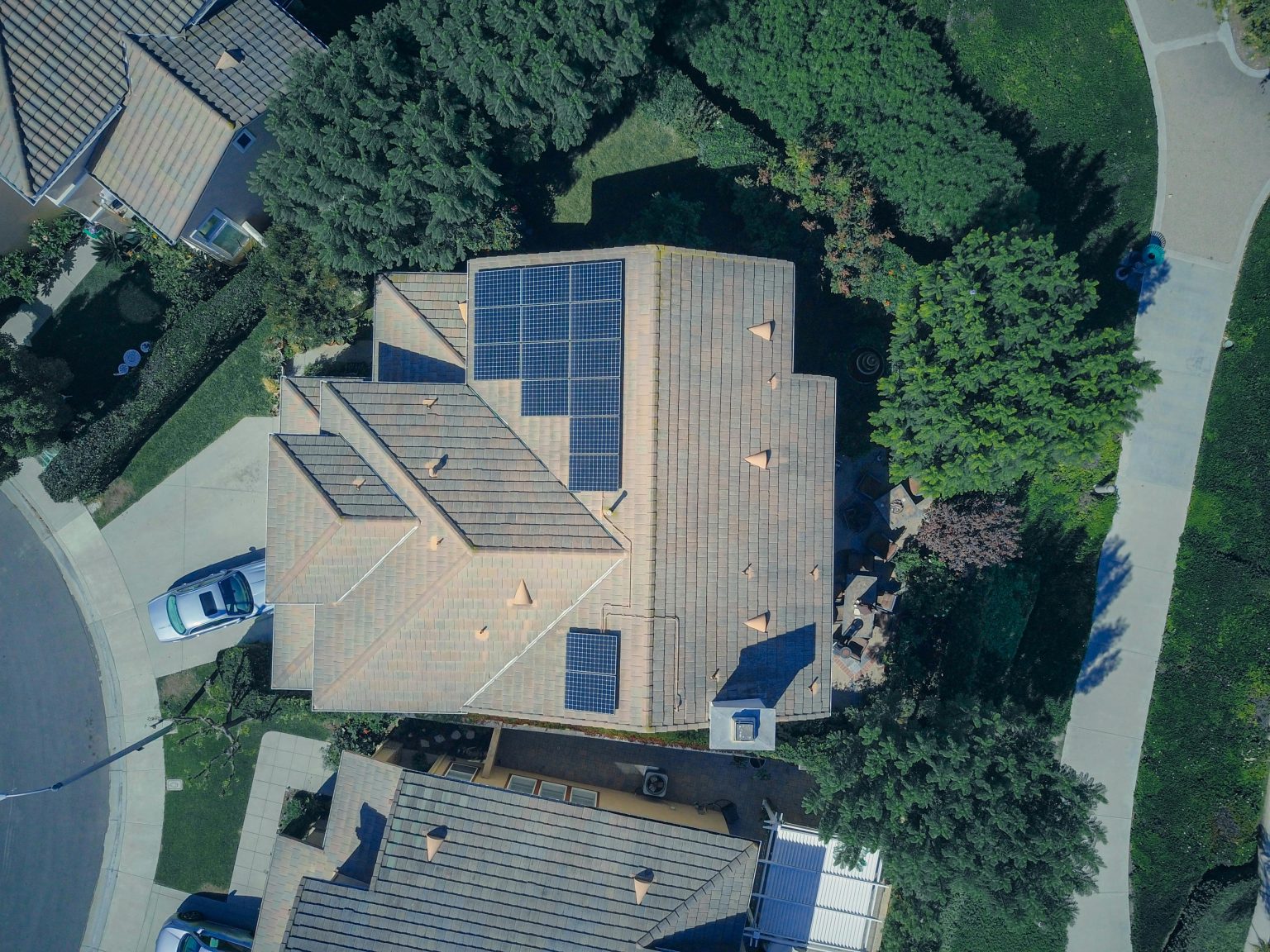The UK property market is experiencing a fundamental shift as climate change increasingly influences buyer preferences, investment decisions, and ultimately, property valuations. From flood risks to energy efficiency, environmental factors are reshaping the landscape of property desirability and creating new patterns of demand across the country.
As a homeowner, I might wonder how climate change could affect my property value in the coming years. The answer is complex and depends on multiple factors including location, property characteristics, and adaptation potential. What’s clear is that climate considerations are no longer peripheral concerns but central factors in property valuation that will likely grow in importance over time.
Emerging Risk Premiums and Discounts
Climate change is creating increasingly defined valuation premiums and discounts based on environmental risk factors:
Flood Risk Valuation Impact
Flood risk has become one of the most significant climate-related factors affecting UK property values:
- Properties in high-risk flood zones now face average valuation discounts of 10-15% compared to equivalent properties in low-risk areas, according to recent market analyses.
- This discount has nearly doubled over the past decade as flooding events have increased in frequency and severity.
- Areas that have experienced repeated flooding events face even steeper discounts, sometimes exceeding 25%.
- Properties with flood defences or property-level flood resilience measures experience significantly reduced discounts compared to unprotected properties in the same area.
The Environment Agency estimates that approximately 5.2 million properties in England are now at risk from flooding, meaning this valuation factor affects a substantial portion of the housing stock.
Coastal Erosion Concerns
Properties in coastal erosion zones face particularly acute valuation challenges:
- Homes in areas projected to be affected by coastal erosion within 50 years can face value discounts of up to 40% or may become effectively unmortgageable.
- Insurance availability is becoming a critical factor, with some properties in high-risk coastal areas struggling to obtain affordable coverage or any coverage at all.
- The east coast of England is particularly affected, with locations in Yorkshire, Lincolnshire, and East Anglia seeing significant valuation impacts.
This trend has created a two-tier market in some coastal communities, with properties on stable ground commanding significant premiums over those in erosion risk zones.
Temperature and Overheating Risk
As UK summer temperatures continue to rise, property cooling capacity has emerged as a valuation factor:
- Properties with effective passive cooling features (appropriate orientation, thermal mass, shading, ventilation) are beginning to command premiums in southern England.
- Urban heat island effects are creating valuation differentials between otherwise similar properties based on microclimate variations.
- Homes without cooling capabilities in the hottest regions of the UK face increasing marketability challenges during summer selling seasons.
This factor is particularly relevant for flats and apartments where adaptation options may be limited.
The Energy Efficiency Value Divide
Energy performance has become an increasingly significant factor in property valuations:
The EPC Premium Gradient
Energy Performance Certificate (EPC) ratings now directly correlate with valuation differentials:
- Properties with A and B ratings command premiums of 5-8% over equivalent D-rated properties.
- E, F, and G-rated properties face discounts of 3-10% compared to D-rated equivalents.
- These valuation gaps are widening as energy costs rise and regulatory pressures increase.
The correlation between EPC ratings and value is strongest in mid-market properties where energy costs represent a higher proportion of household expenditure.
The Retrofit Potential Factor
A property’s potential for energy efficiency improvements has become a valuation consideration:
- Properties with straightforward upgrade pathways face smaller discounts despite poor current ratings.
- “Hard-to-treat” properties, particularly those with solid walls, listed status, or in conservation areas, face steeper valuation challenges.
- Homes with space for heat pump installation and good insulation potential maintain better valuations even with currently poor energy performance.
This factor highlights how adaptation potential is becoming as important as current performance in forward-looking valuations.
The Green Mortgage Effect
The growth of green mortgage products is reinforcing the valuation premium for energy-efficient properties:
- Properties qualifying for advantageous green mortgage rates effectively gain an additional value premium through improved affordability.
- The interest rate differential on green mortgages (typically 0.1-0.3%) translates to meaningful lifetime savings that are increasingly factored into purchase decisions.
- This financial incentive is strengthening the correlation between energy performance and market value.
Geographic Winners and Losers
Climate change is reshaping geographic desirability across the UK:
The Northern Migration Premium
Northern regions with more moderate projected climate impacts are seeing enhanced demand:
- Areas in Scotland, Northern Ireland, and northern England that combine climate resilience with good infrastructure are experiencing above-average value growth.
- Properties in these regions with home working suitability are particularly benefiting from this trend.
- The “climate refuge” factor is increasingly cited by relocating buyers, particularly for second homes and retirement purchases.
This pattern is creating new growth areas in locations previously considered less desirable.
Water Stress Impact on Southern Valuations
Water availability is emerging as a valuation factor in the traditionally desirable south:
- Properties in water-stressed regions of southern England face potential future restrictions that are beginning to influence buyer decisions.
- Homes with rainwater harvesting, greywater systems, or drought-resistant landscaping are gaining competitive advantages in these areas.
- Commercial agricultural land valuations in water-stressed regions already show measurable impacts from this factor.
This trend may eventually challenge the traditional north-south valuation divide in the UK property market.
Urban-Rural Valuation Shifts
Climate factors are influencing urban-rural preferences:
- Rural properties with self-sufficiency potential (space for food growing, renewable energy generation, water harvesting) command increasing premiums.
- Urban properties with climate resilience features (green spaces, tree coverage, flood management) are outperforming those without.
- The urban heat island effect is creating value differentials within cities based on tree canopy coverage and green space proximity.
These shifts suggest a more nuanced approach to location valuation that goes beyond traditional urban-rural divides.
Investment and Development Trends
Climate change is reshaping property investment and development strategies:
Climate-Adaptive Development Premium
New developments with comprehensive climate adaptation features are commanding significant premiums:
- Developments with integrated sustainable drainage systems (SuDS), passive cooling, and energy efficiency achieve 10-15% price premiums over standard new builds.
- Projects incorporating community renewable energy, water management, and green infrastructure are seeing accelerated sales rates.
- Climate-resilient features are increasingly highlighted in marketing materials as key selling points.
This trend indicates growing market recognition of climate adaptation value.
The Insurance Availability Factor
Insurance availability is becoming a critical factor in property investment decisions:
- Areas with declining insurance availability or significantly rising premiums face investment hesitancy.
- Properties with adaptation measures that qualify for preferential insurance terms maintain better valuations.
- The involvement of Flood Re (and its eventual planned withdrawal) is closely watched as a factor in long-term investment decisions.
This factor particularly affects the buy-to-let sector, where investors typically take longer-term views on area prospects.
Climate Risk Due Diligence
Property acquisition processes increasingly incorporate climate risk assessment:
- Institutional investors now routinely conduct climate vulnerability assessments before major property acquisitions.
- Development site valuations increasingly factor in climate adaptation costs as a standard component.
- Mortgage lenders are enhancing their climate risk screening, affecting lending decisions and loan-to-value ratios in vulnerable areas.
This mainstreaming of climate risk assessment indicates how thoroughly environmental factors have penetrated valuation methodologies.
Practical Implications for Property Owners
For current property owners concerned about climate impacts on their investments, several practical considerations emerge:
Climate-Resilient Improvement Focus
The most value-effective property improvements increasingly address climate resilience:
- Flood resilience measures typically offer better value protection than equivalent spending on cosmetic improvements in at-risk areas.
- Energy efficiency improvements that address both carbon reduction and adaptation (such as improved insulation that reduces both heating and cooling needs) offer the strongest value enhancement.
- Water efficiency measures represent a growing opportunity for value protection in water-stressed regions.
This suggests a shifting focus in property improvement strategies toward climate-adaptive enhancements.
Location-Specific Adaptation Strategies
Optimal adaptation strategies vary significantly by location:
- Coastal property owners may prioritise structural reinforcement and insurance negotiations.
- Urban property owners often benefit most from cooling measures and surface water management.
- Rural property owners might focus on self-sufficiency enhancements and wildfire risk reduction in vulnerable areas.
This variation highlights the importance of location-specific climate risk assessment.
Future-Proofed Property Decisions
Forward-looking property decisions increasingly incorporate climate projections:
- Investment horizons are being adjusted to reflect climate risk timescales, particularly for properties with 30+ year ownership ambitions.
- Adaptation potential is becoming a more significant factor in purchase decisions, with buyers increasingly valuing properties with scope for improvement.
- Location decisions increasingly factor in long-term climate projections alongside traditional considerations.
Conclusion: A Market in Transition
The UK property market is unmistakably in a period of climate-induced transition. Traditional valuation factors remain important, but environmental considerations are increasingly integrated into mainstream property assessments and decisions.
For property owners, this transition creates both risks and opportunities. Understanding the specific climate vulnerabilities and adaptation potential of your property is becoming essential for protecting its value. Equally, strategic improvements that enhance climate resilience may offer some of the strongest returns on investment in the changing market landscape.
As climate impacts intensify, the correlation between environmental factors and property values will likely strengthen further. Properties combining good location, energy efficiency, climate resilience, and adaptation potential will command growing premiums, while those facing unmitigated climate risks without adaptation options may face accelerating value challenges.
In this evolving market, staying informed about climate projections for your specific area and understanding their potential property implications represents an increasingly important aspect of property ownership and investment strategy.



